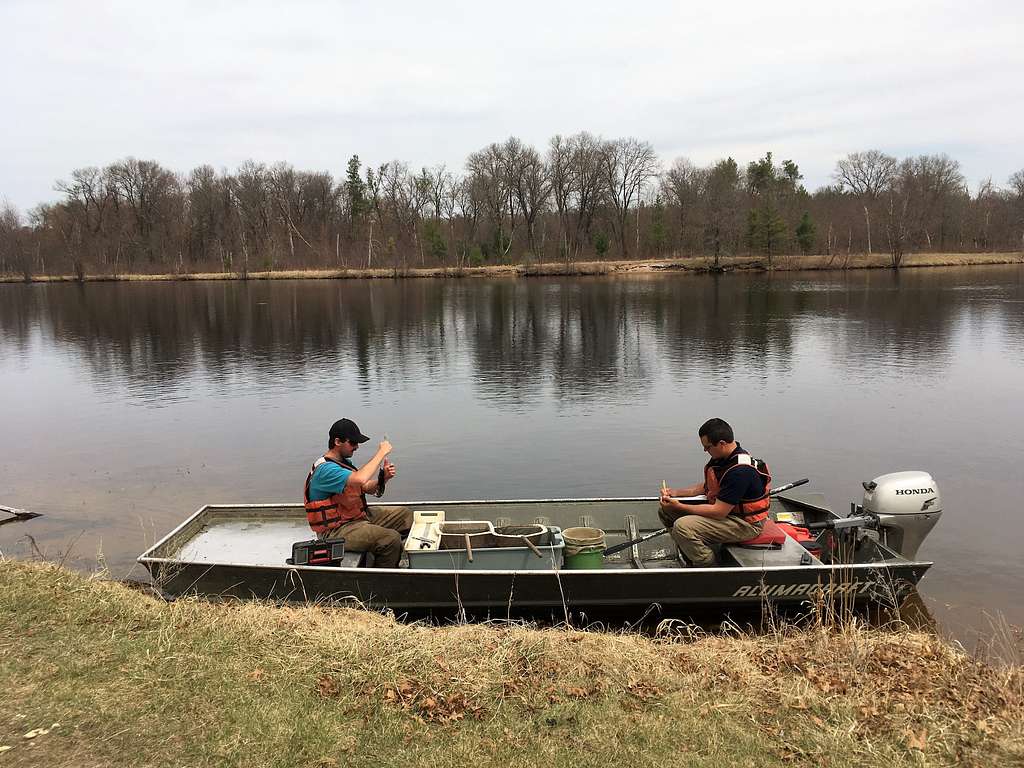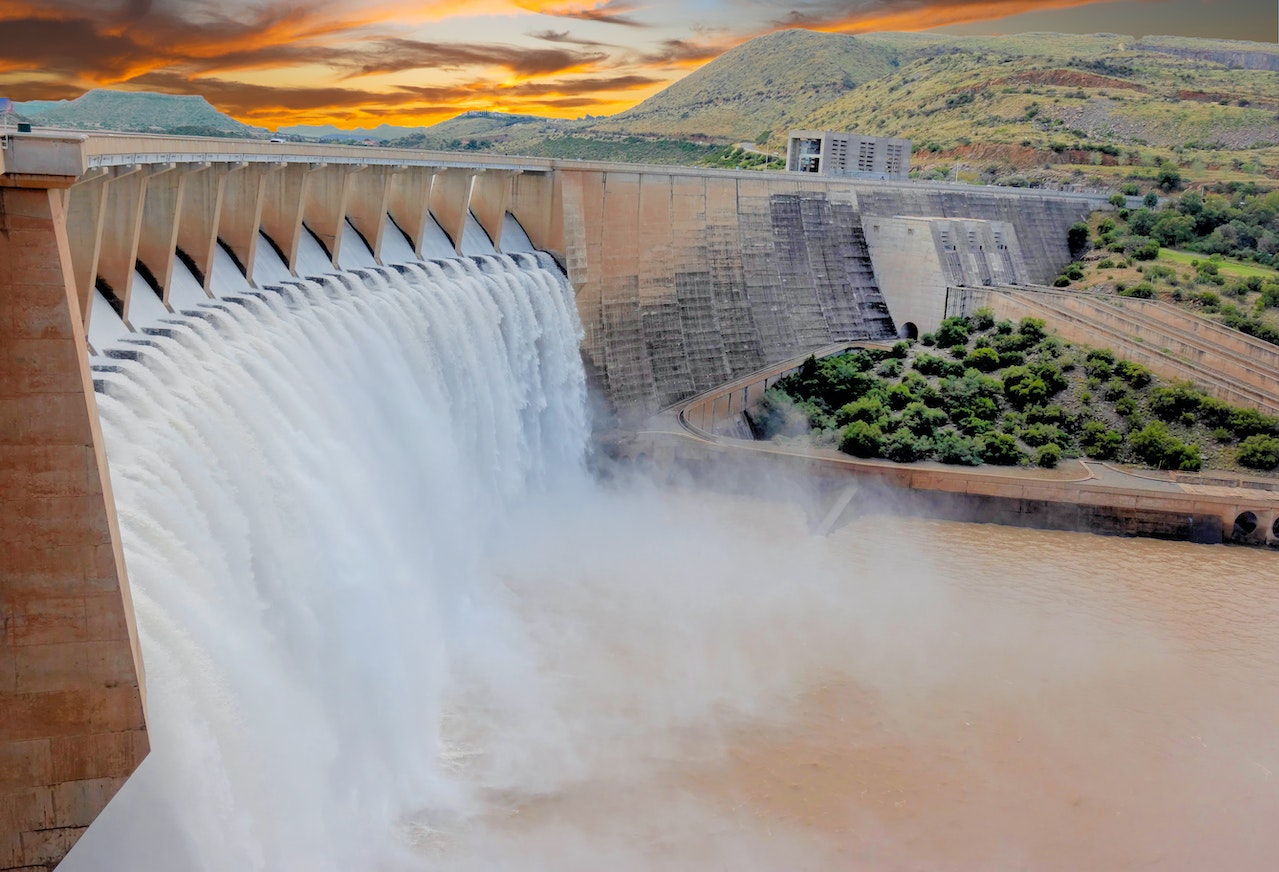
Watershed management is a critical aspect of environmental conservation and sustainability. A watershed is an area of land that drains into a common waterway, such as a river, lake, or ocean. The management of a watershed involves identifying and mitigating threats to water quality and preserving natural resources for future generations.
Effective watershed management requires an understanding of the characteristics of the area, including its geography, climate, and hydrology. This knowledge is essential in identifying potential threats to water quality, such as pollution from agriculture or industry, erosion from development, and changes in weather patterns. By employing sustainable practices, involving local communities, and creating long-term plans, we can ensure the sustainability of our valuable water resources.
Understanding the Characteristics of a Watershed
You gotta understand the characteristics of your watershed if you wanna manage it effectively. A watershed is an area of land that drains water into a particular waterbody, like a river or lake. The size and shape of a watershed can vary greatly, and understanding these characteristics is crucial to managing the water resources within it.
One important characteristic of a watershed is its hydrology, which refers to the movement of water through the landscape. This includes factors like precipitation, evaporation, infiltration, and runoff. Understanding the hydrology of a watershed can help managers predict how much water will be available for various uses, like drinking water or irrigation. Other important characteristics of a watershed include its topography, geology, soil type, and vegetation. By understanding these features, managers can identify areas that are particularly vulnerable to erosion or pollution, and take steps to protect them. Overall, a thorough understanding of a watershed’s characteristics is essential for effective watershed management.
Identifying and Managing Threats to Water Quality
Identifying and managing threats to water quality is crucial for maintaining a healthy ecosystem. Water pollution can come from a variety of sources, including agricultural runoff, industrial discharges, and sewage treatment plants. These pollutants can have negative impacts on aquatic life, as well as human health.
One way to manage threats to water quality is through best management practices (BMPs). BMPs are designed to reduce the amount of pollutants entering waterways by implementing practices such as erosion control, nutrient management, and proper waste disposal. By utilizing BMPs, we can help protect our water resources and maintain a healthy ecosystem for future generations. It is important for individuals, industries, and governments to work together to identify and manage threats to water quality to ensure the long-term health of our watersheds.
Involving Local Communities in Watershed Management
Get your local community involved in taking care of waterways by using best practices and working together towards a healthier ecosystem. One way to involve the community is by establishing a watershed council or committee that includes representatives from various stakeholders such as farmers, businesses, local governments, and environmental organizations. This group can work together to identify and prioritize issues, develop action plans, and monitor progress towards achieving watershed goals.
Another effective way to involve the community is through education and outreach programs. These programs can be targeted towards different groups such as school children, farmers, and homeowners. By providing information on the impacts of individual actions on water quality, and offering solutions and best practices, the community can be empowered to take an active role in protecting their local waterways. Overall, involving the community in watershed management is essential for ensuring the long-term health and sustainability of our water resources.
Creating Long-Term Plans for Sustainable Resource Use
To ensure sustainable resource use, it’s important to create long-term plans that incorporate conservation practices and prioritize the needs of both the environment and the community. These plans should be developed through collaboration between local communities, government agencies, and other stakeholders.
Creating long-term plans involves conducting assessments of the current state of the watershed, identifying areas of concern, and establishing goals and objectives for addressing those concerns. The plans should also include strategies for monitoring progress and adapting to changing conditions. By involving local communities in the planning process, the plans will be more effective and sustainable because they will reflect the needs and priorities of those who live and work in the watershed.
Protecting and Preserving Natural Resources for Future Generations
You can help ensure that future generations have access to the natural resources they need by taking action now to protect and preserve them. One way to do this is by supporting conservation efforts in your community. This can include volunteering with local organizations that focus on preserving natural habitats or advocating for policies that protect the environment.
Another way to protect and preserve natural resources is by adopting sustainable practices in your everyday life. This can include reducing your energy consumption, using public transportation or biking instead of driving, and reducing your waste by recycling and composting. By making small changes in your daily habits, you can help reduce the impact of human activities on the environment and ensure that natural resources are available for future generations to enjoy.
Frequently Asked Questions
How does the management of a watershed differ in urban versus rural areas?
The management of a watershed differs in urban and rural areas because urban areas have more impervious surfaces, which increase runoff and reduce infiltration. Urban areas also have more pollution sources, leading to greater water quality concerns.
What are some potential economic benefits of implementing watershed management practices?
Implementing watershed management practices can provide economic benefits such as increased agricultural productivity, reduced flooding and erosion damage, and improved water quality for industries. This can lead to a more sustainable and profitable economy in the long term.
How do climate change and extreme weather events impact watershed management efforts?
Climate change and extreme weather events can negatively impact watershed management efforts by causing increased flooding, erosion, and water quality issues. These challenges require adaptive and resilient management strategies to ensure the long-term sustainability of watersheds.
What role do technology and innovation play in modern watershed management practices?
Technology and innovation are crucial in modern watershed management practices. They allow for precise monitoring and analysis of water quality and quantity, as well as the development of more efficient and sustainable management strategies.
Can watershed management practices be applied to marine ecosystems as well as freshwater systems?
Watershed management practices are not directly applicable to marine ecosystems as they differ in many ways, such as saltwater composition, tides, and currents. However, some principles, such as land-use management, can be adapted to coastal zones.
Conclusion
In conclusion, effective watershed management requires a thorough understanding of the unique characteristics and challenges of a particular area. Identifying and managing threats to water quality is crucial for ensuring the health and sustainability of a watershed. This involves not only scientific expertise, but also active engagement with local communities to foster a sense of ownership and responsibility for the land and water.
Creating long-term plans for sustainable resource use is key to protecting and preserving natural resources for future generations. By implementing measures to mitigate pollution, conserve water, and promote biodiversity, we can ensure the continued health and vitality of our watersheds. Ultimately, successful watershed management requires a collaborative effort between government agencies, scientists, and local communities to achieve a common goal of protecting our natural resources.
